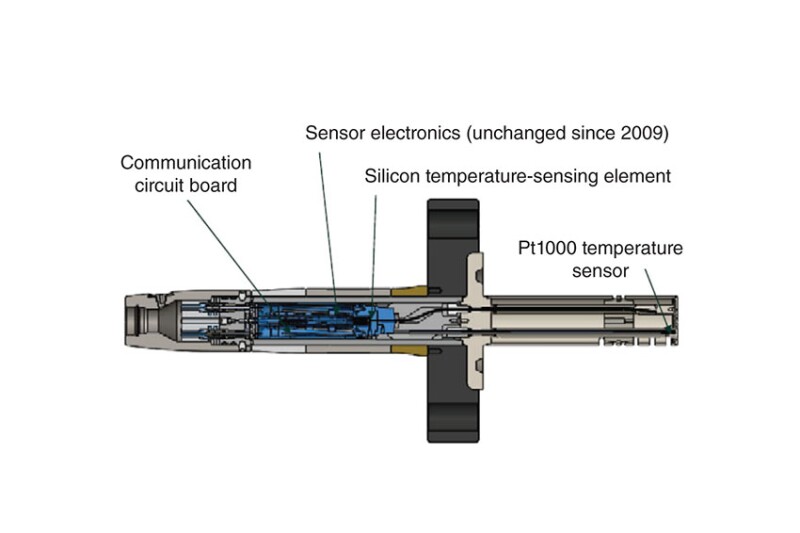Sabah Block H consists of the Buluh and Rotan fields in 1300 m of water. After Block H achieved first gas, one temperature sensor downstream of the Rotan P3 subsea tree failed after 6 days of operation. Replacing the physical transmitter was not practical because it was integrated into an unretrievable part of the tree. The objective of the project described in the complete paper was to develop a virtual sensor to monitor and control the Joule-Thomson (JT) cooling effect downstream of the subsea choke to avoid hydrate plugs during cold-start operations.
Introduction
The operator has developed the gas fields in Block H to supply gas-capacity rates of 300 MMscf/D to a floating liquefied natural gas (FLNG) facility capable of producing 1.5 million tons/year of LNG. Normal operating flow rates during production plateau were expected to be 270 MMscf/D. The surface inlet separator pressure was expected to be approximately 65 barg during the high-pressure mode, with a capability to reduce production pressure to 17 barg in late field life.
Phase 1A of Block H deepwater gas development consisted of three wells from the Rotan field and one well from the Buluh field.


